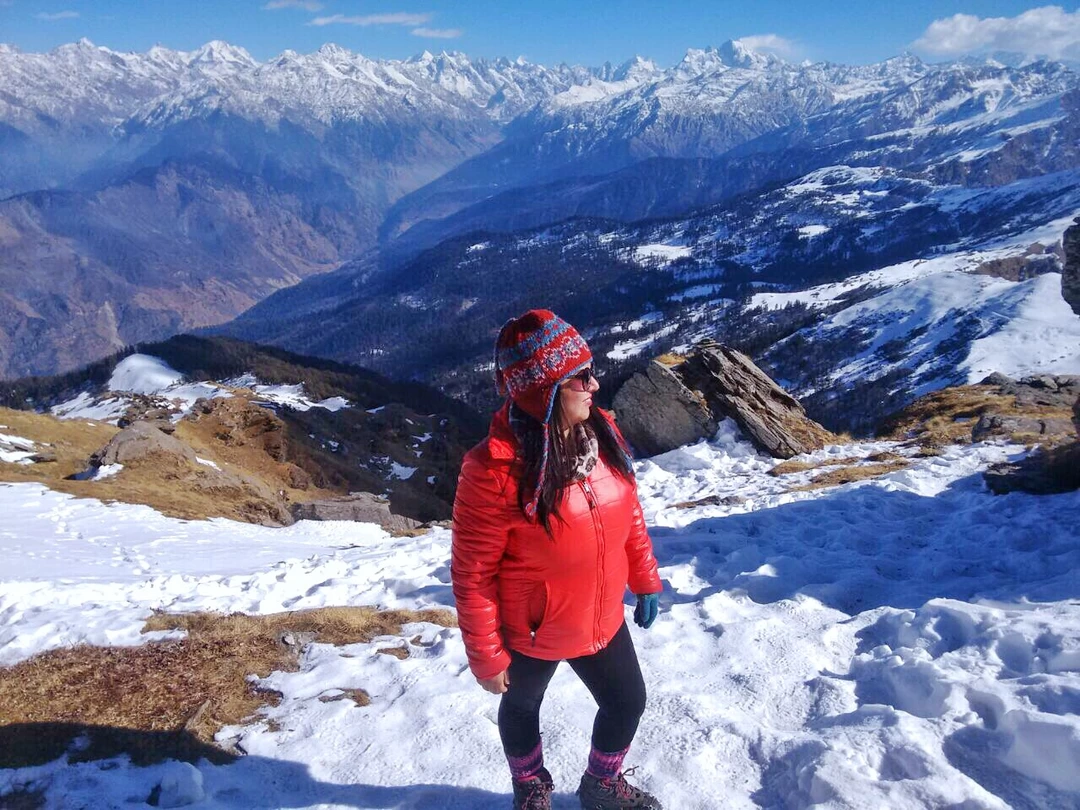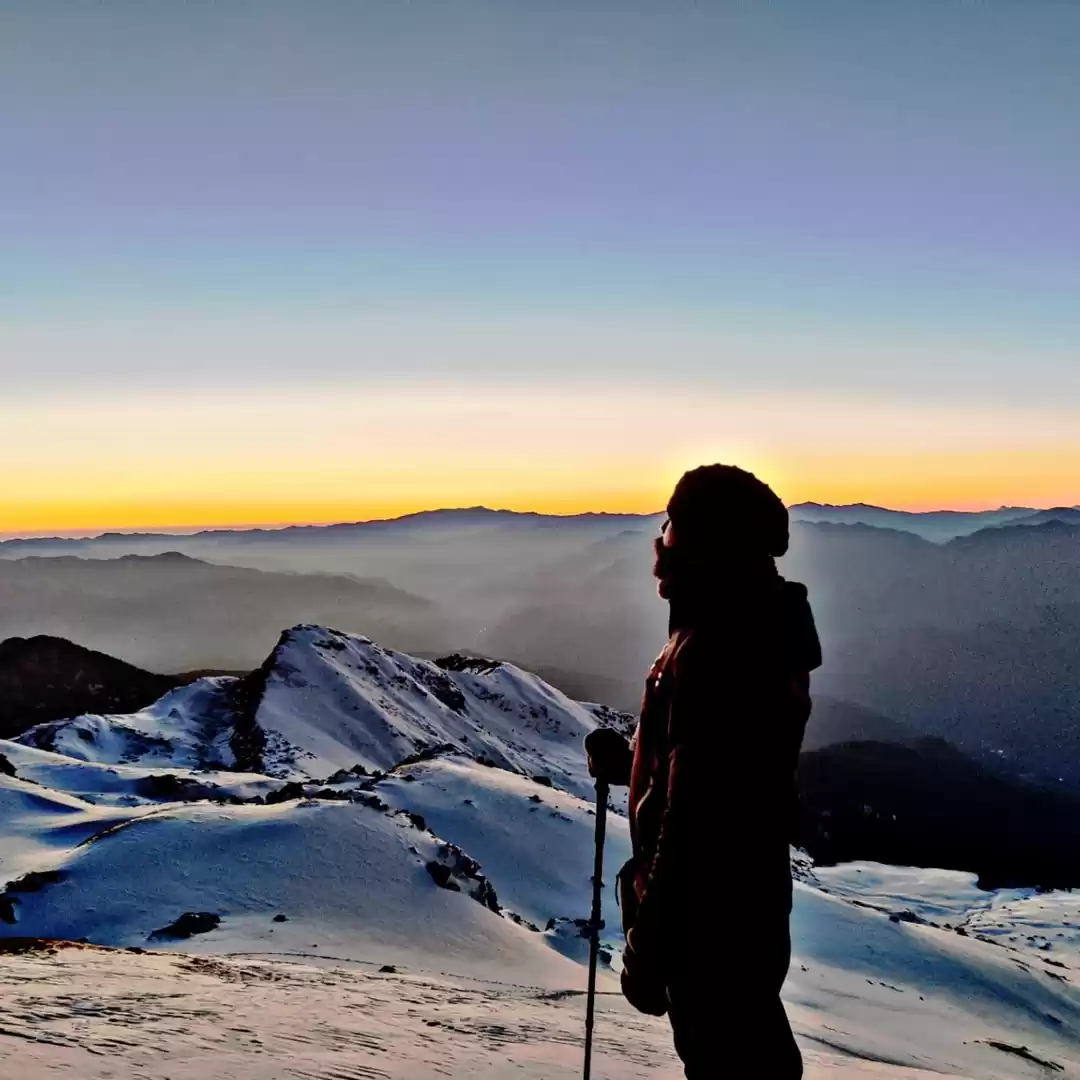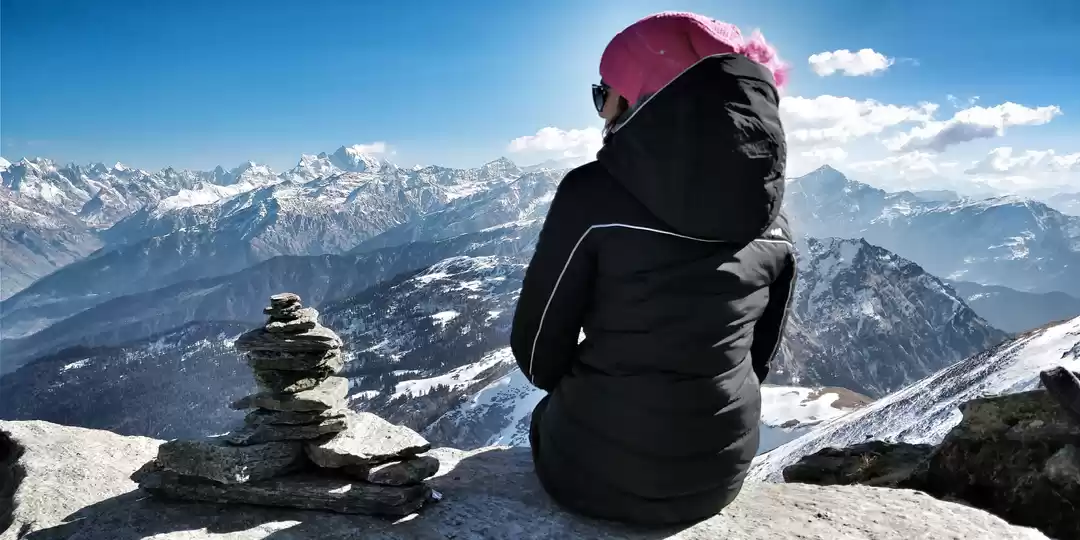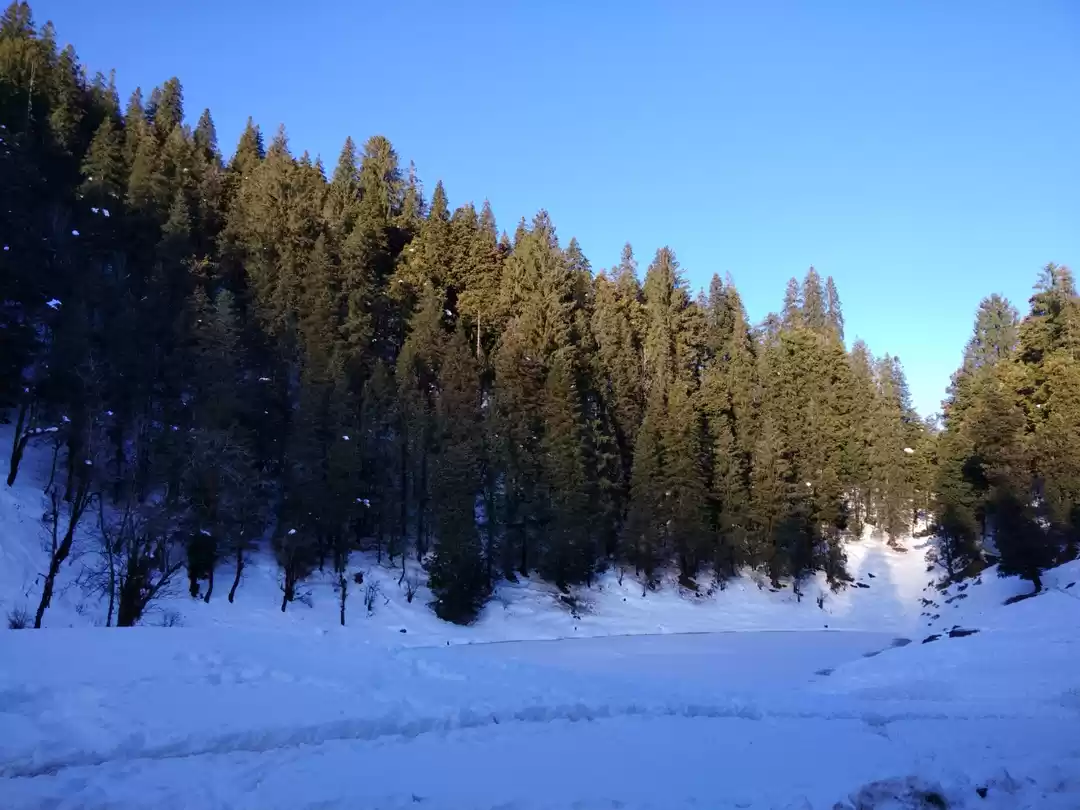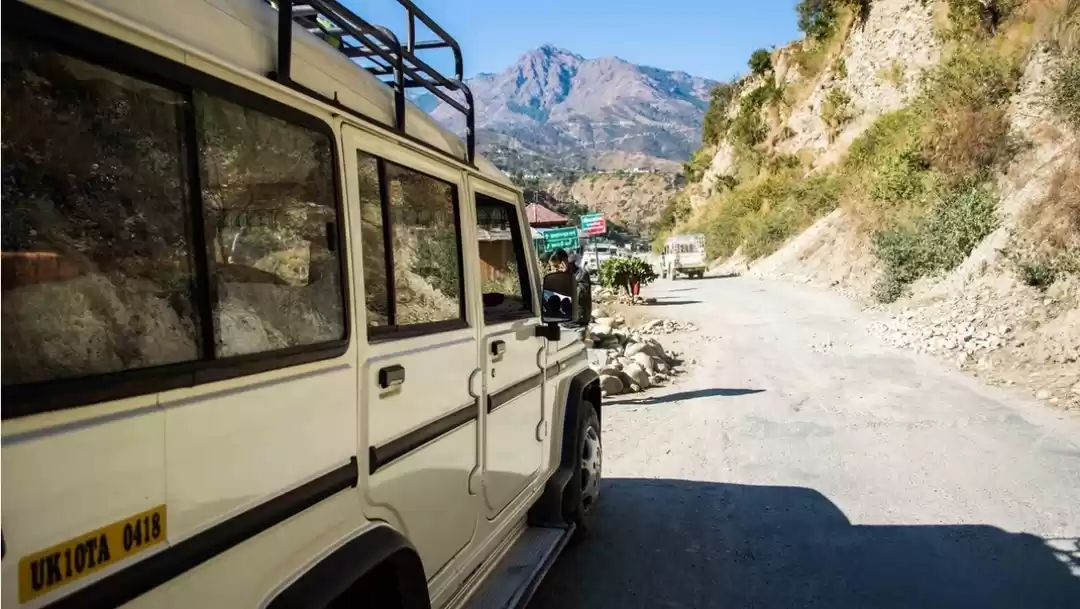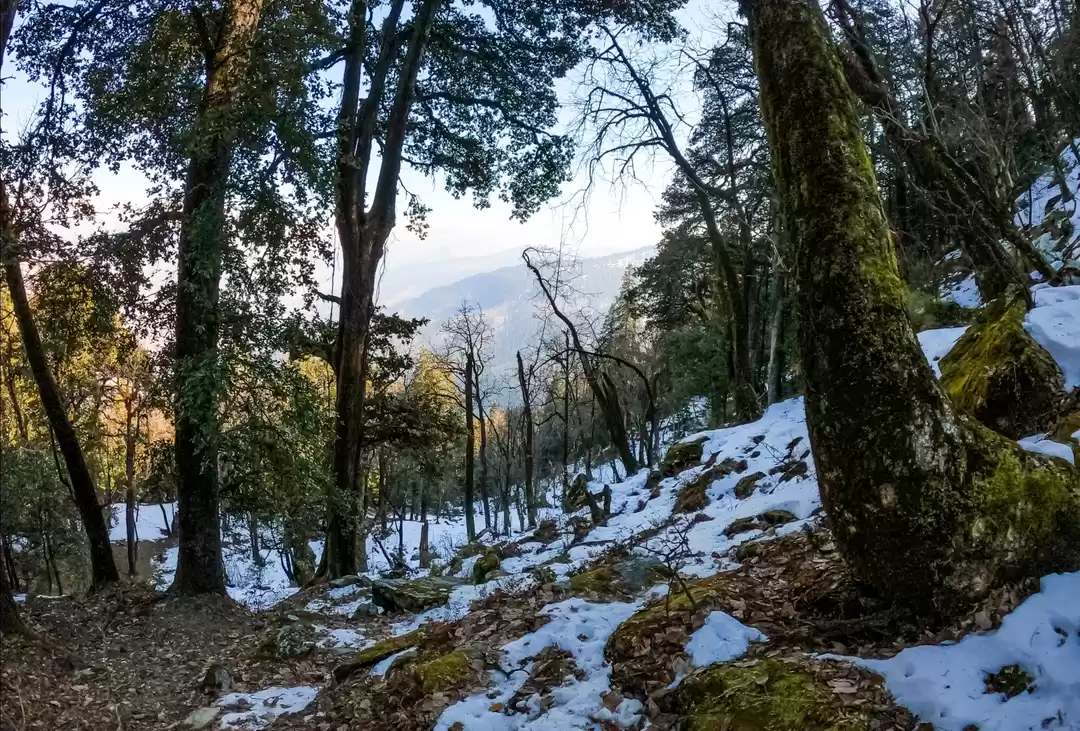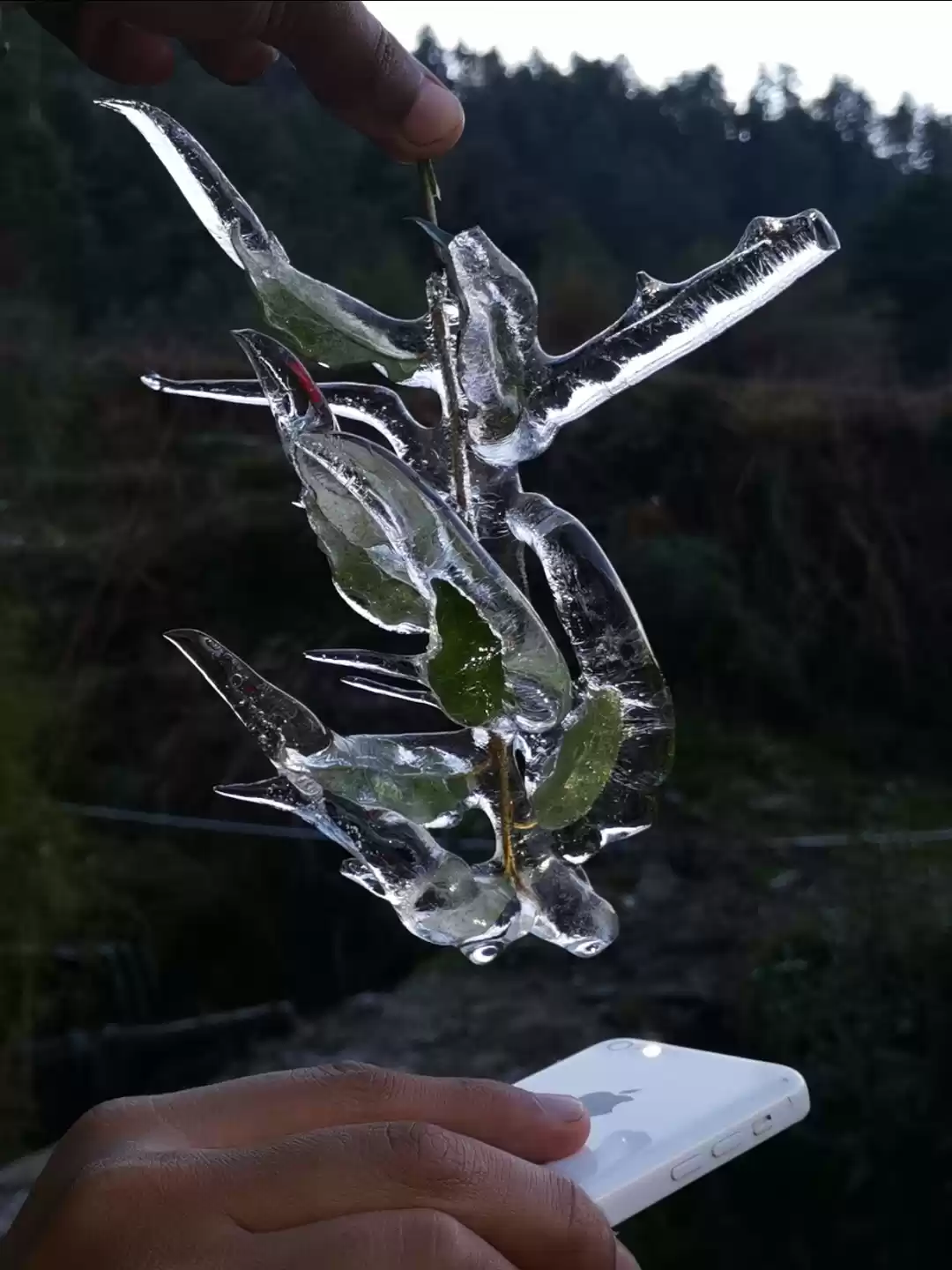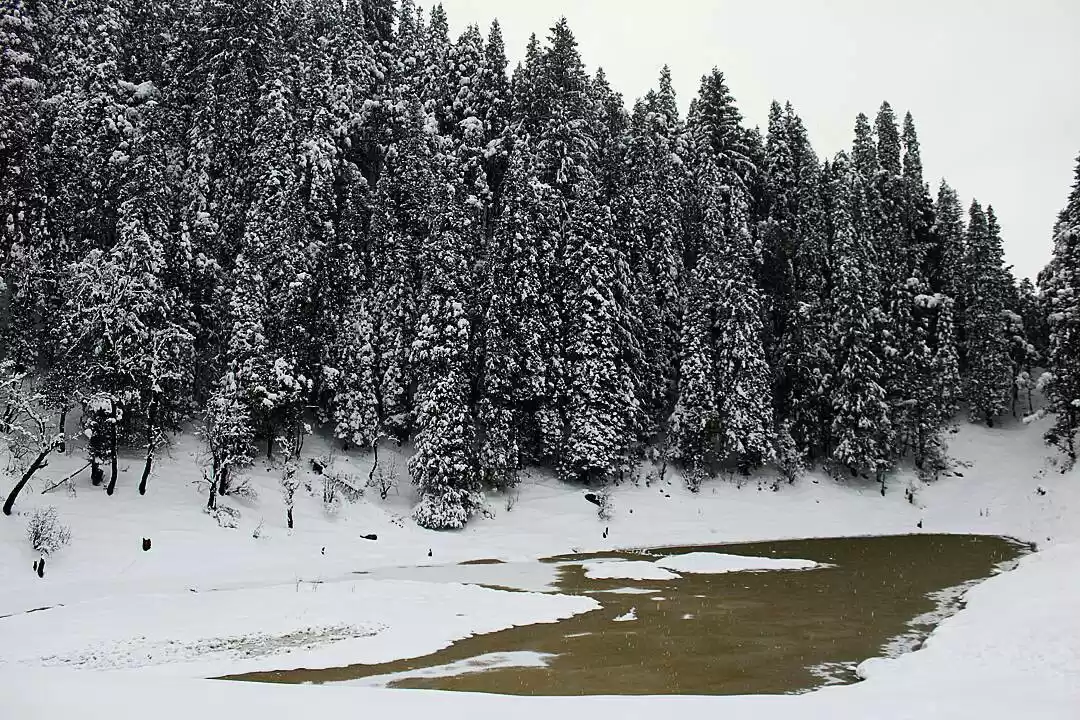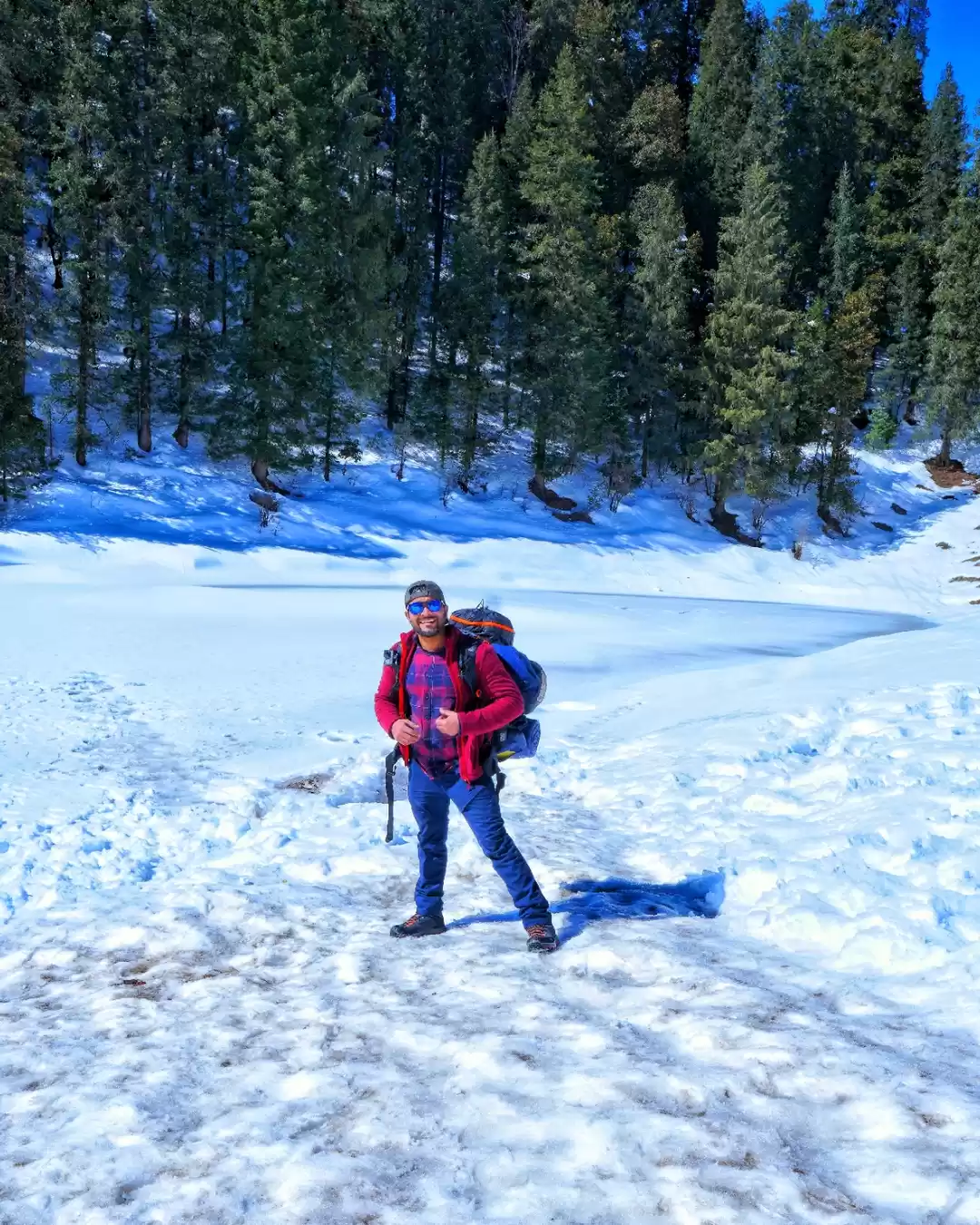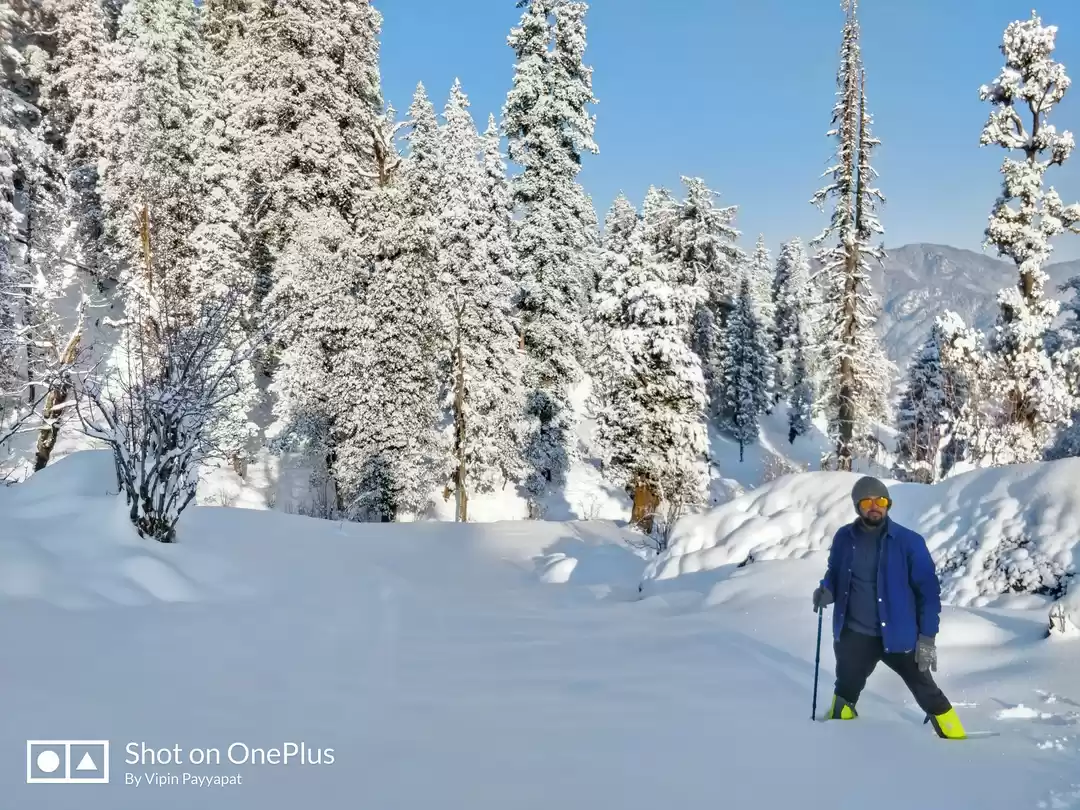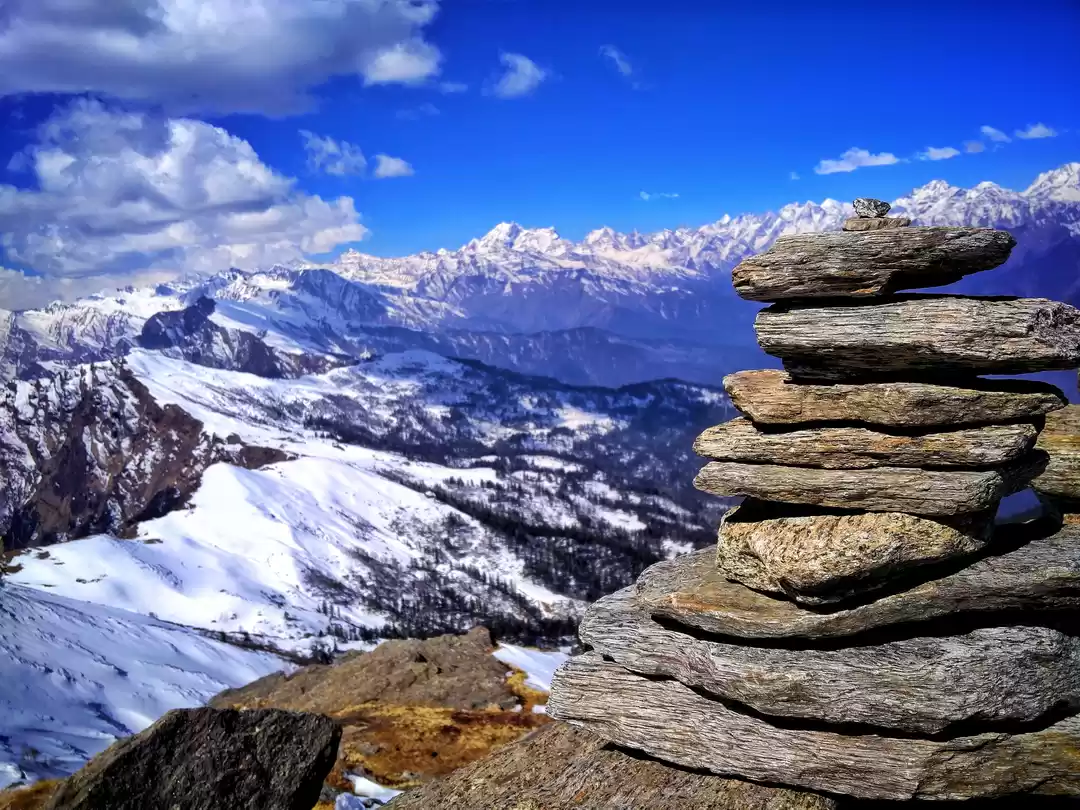
Winter for me means snow capped peaks and hearing the crushing sound of snow beneath my feet while trekking. 2020 was not a very generous year for travelers but we passed it somehow. The month of December marks the beginning of the snowfall in higher Himalayas and is the correct time to do a winter trek. This is the story of 21 trekkers (all students) to the Kedarkantha peak (12500 ft).
We were a group of 21 students originating from different states so our meeting point was scheduled at ISBT Chandigarh. We had gathered and loaded our luggage in the travelers by 8:30pm and departed for Sankri (base camp for the trek). It was a long 11 hour overnight journey via Paonta Sahib-Purola. The road conditions were not very good.
We reached Sankri at 9am in the morning and it was a very chilly day due to strong winds. We rented all the necessary stuff and got the permit. We started our trek from Sankri at 12:00 noon. The target was to reach Juda ka Talab by evening and camp there for the night. The starting 1-2 kilometers of the trail were moderately steep but due to our heavy rucksacks, we were having a tough time. We could not reach the Talab on time so we decided to put tents before the Janoul Campsite. There a small water source and we spent the night there.





We woke up the next day around 8 am and had our breakfasts. We packed our tents and started to trek further by 9:30am. We set a target to reach the Kedarkantha Basecamp (6km trek). This trail marked the starting of snow patches. It was an easy trail with some points of steep ascents and heavy snow. The Juda ka Talab was just an hour away from here and then the basecamp was 4km ahead of the Talab. We reached the basecamp by 4:30 pm and spent the night.
The best time to summit the peak is before sunset. To get that done, we woke up at 2:30am and started the summit push at 3 am. The trail was well established and it was a 3km ascent. There is a cafe which marks the halfpoint of the way and the trail steepens after that. The real challenge starts from the shoulder section of the peak which is followed by the ridge climb. Finally after all the hardwork , we reached the summit before sunrise. It provides a 360 degree view of the Swargrohini massif, Bandarpoonch, Black peak and the Gangotri ranges. On the other side, one can wintess the peaks of the Himachal Pradesh. We stayed up at the summit for about half an hour and then we had to descend. The descent was fun because it mostly consists of snow slides. We descended back to Sankri on the same day and departed for Chandigarh by 7:00pm. Overall, Kedarkantha provides a much higher reward than the effort you put in. It is a must do trek because these views are not found easily.

























